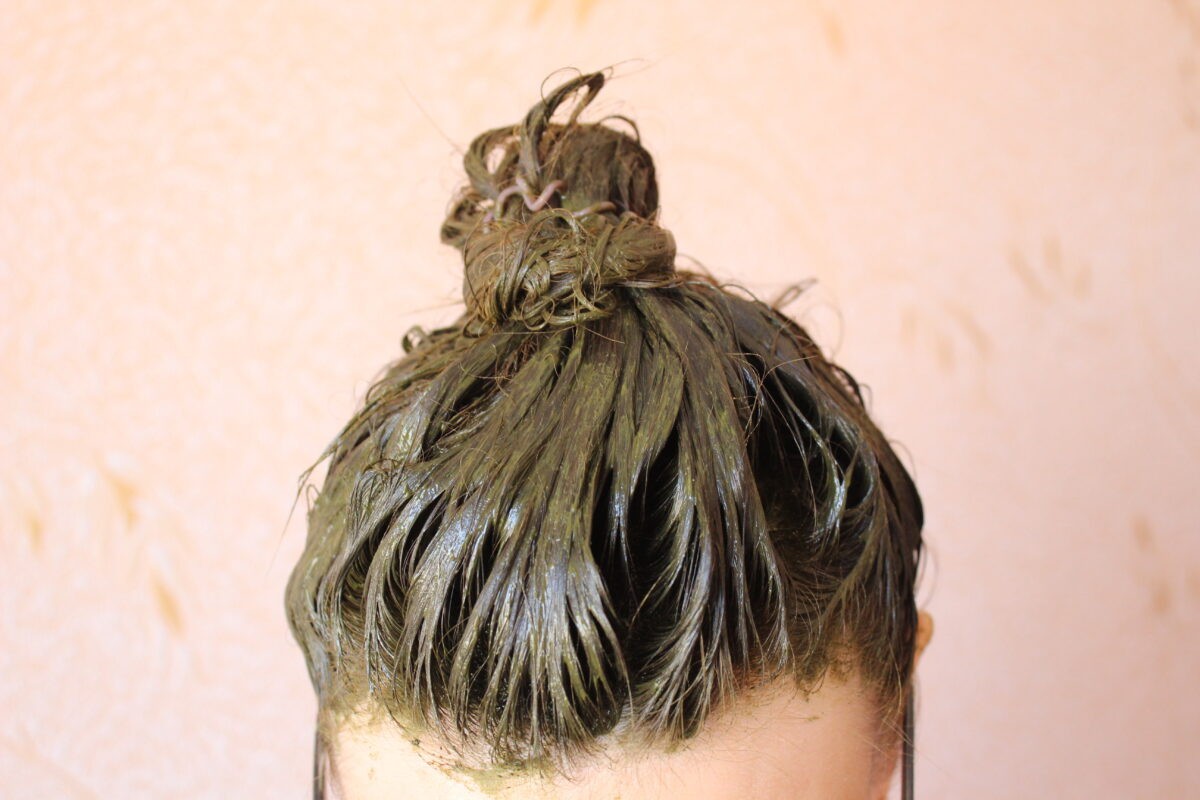[[data.name.value]]
[[metadata.defaultData.name]]
[[data.title.value]],
[[metadata.defaultData.title]],
[[data.company.value]]
[[metadata.defaultData.company]]

Which Colors Are Hidden by Mud Hair Dye
Mud hair dye, also referred to as clay-based hair color, is an age-old method that is seeing a resurgence in contemporary times. It creates tones without the need of chemicals by using clays, minerals, and plants. It adds color while nourishing hair, unlike synthetic colors. For safe, organic results, this technique is used by many salons, including those that provide tinte con barros Madrid. However, what color spectrum is possible? You may be surprised by the response.

The Earth's Deepest Rich Browns
Brown is among the most often used mud dye colors. However, brown is a spectrum rather than a single tint. The mineral concentration of the clay determines the hue, which ranges from light chestnut to deep chocolate. Henna or walnut husk are used to certain mixes to increase their warmth. Others add colder undertones by using hibiscus or indigo. The finished look complements natural hair and feels natural.
Ancient Soil's Fiery Reds
Mud dye produces stunning red tones, which have been prized for ages. In order to create vivid coppers and deep auburn colors, henna is essential. However, the intensity of the red may be changed by using other plant infusions. While some formulae tend toward a wine-like richness, others highlight a golden sunset color. These hues provide a dynamic, organic appearance by subtly changing over time.
Golden Shades from Clays Baked in the Sun
Some mud dyes lighten and brighten, while others produce dark hues. They take on honey-blonde and golden hues when combined with certain minerals. The plant Cassia obovata, often known as neutral henna, is essential to getting these effects. When combined with rhubarb root or chamomile, it intensifies bright, pleasant reflections. Lighter hair looks great with these earthy tones, which give it depth and shine.
Charcoal Black from Nature's Depths
Mud dyes may provide charcoal and black colors for individuals who like deeper tones. In order to enhance depth and create a dramatic but organic finish, indigo is often used. To add blackness, several clay-based colors use minerals that are high in iron. These blacks seem softer and more multifaceted than chemical dyes. They also don't have severe regrowth lines and fade gently.
Unexpected Smoky and Ash Tone
Mud dye may provide distinctive ashy hues in addition to the typical browns, reds, and blacks. To create chilly undertones, some recipes use clay, indigo, and cassia. These mixtures give hair a subtle smokey color while balancing its brassiness. The end effect is earthy and sophisticated, with a subtle grace that makes a subtle statement.
Conclusion
The incredible variety of hues available in mud hair dye is derived from the soil itself. Depending on the components and the individual's hair, each hue develops differently. These hues develop organically, adding depth and individuality, in contrast to synthetic dyes. Selecting mud dye is about appreciating the craftsmanship of nature, not simply about color. Rich with the earth's colors, each strand tells a tale.
Read more
Read less
[[ metadata.translations.contactme ]]